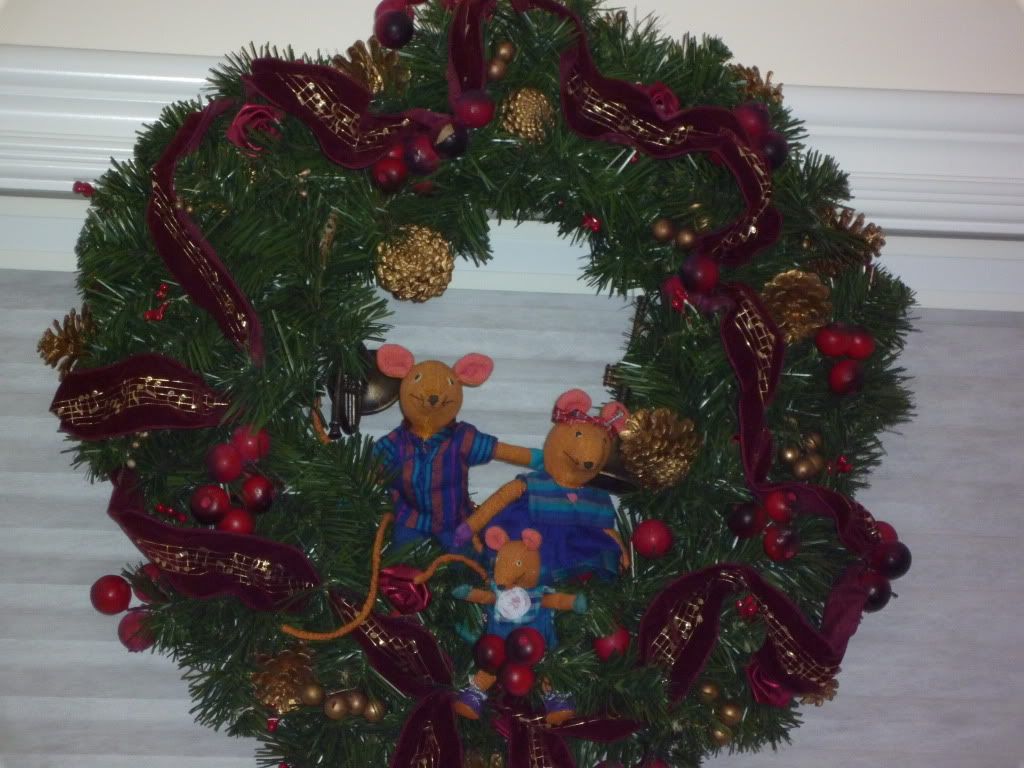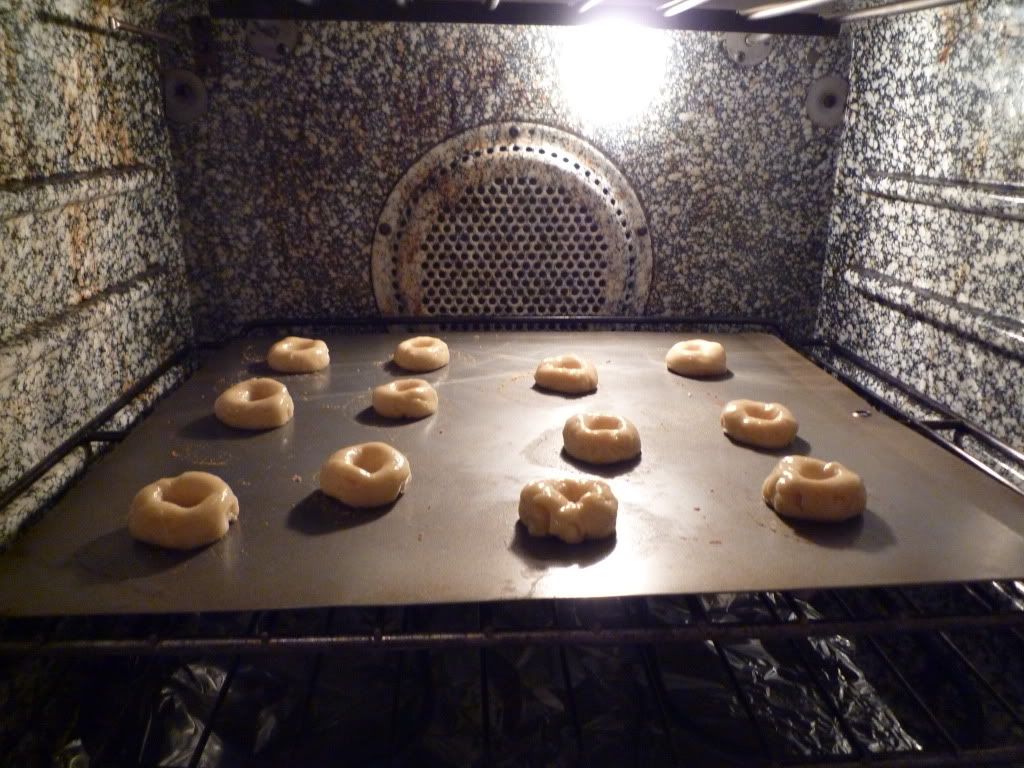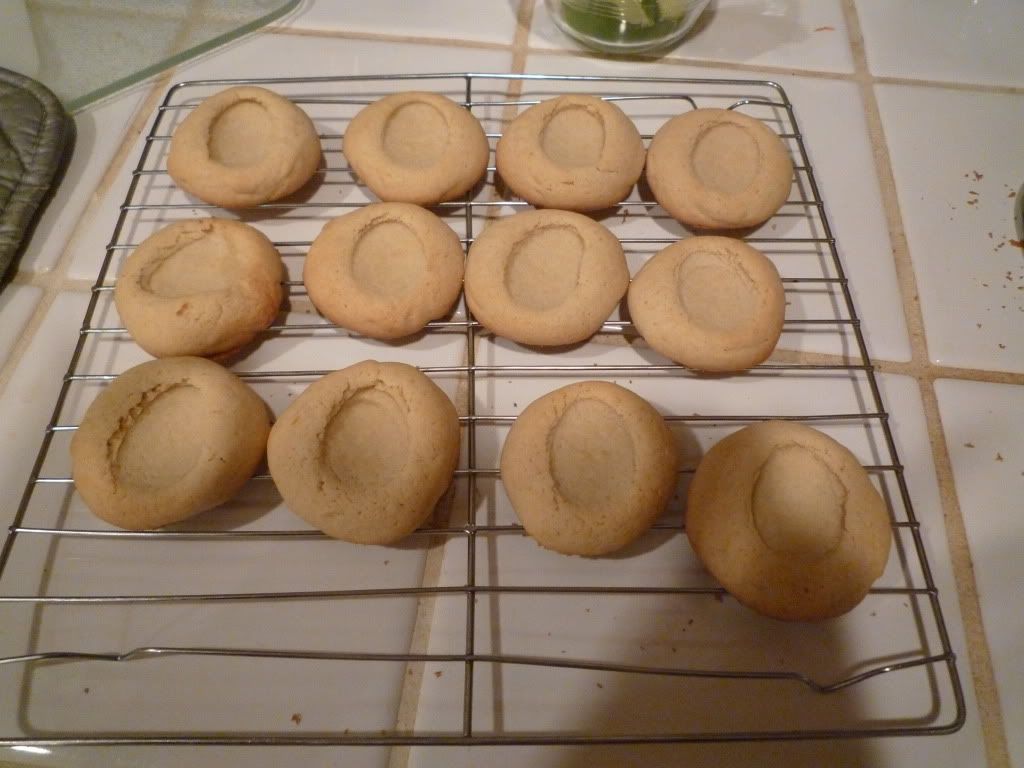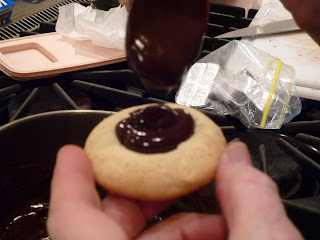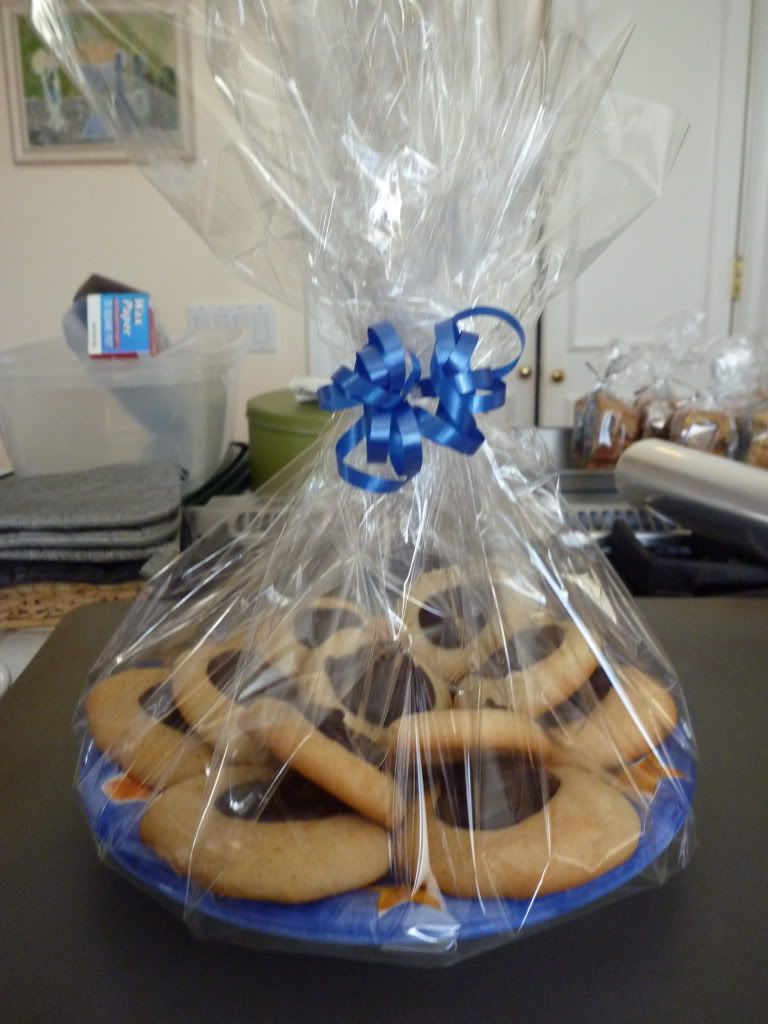I referenced a few of the wines that we bought from
Garagiste and my plan to expand my palate in a
recent blogpost. I tried one of the
Garagiste wines, plus two other wines, and thought I would review them. Although I still have little knowledge about wines, I thought I would try to brush up on my terminology with a
Quick Study Wine Guide: Buying & Tasting
which Servia found around the house. So, I did my best to review the wines. If anyone wants to correct my terminology or help describe one of the wines, comments are welcome.
We drank two of the wines before dinner with appetizers and one with dinner (among 16 people). I liked all three of the wines, although I only had a small taste of the ZD. Here are some of my thoughts.
Pre-Dinner Wines:
 |
| The pre-dinner wine from Esterlina. |
The Esterlina 2006 Cabernet Savignon was lovely. I remember tasting it when we were at Esterlina as well and really enjoying it. The color is a dark ruby. I don't remember the aroma. Oddly enough, I have never liked the smell of wine. Although in the last few years I have begun to really enjoy the flavor, I do not love the nose, so I cannot remember what this smelled like.
If I remember correctly, it was a full-bodied wine with a medium tannin; it does not have the "bite" that my dad prizes and I find slightly distasteful. It was "jammy" i.e. it was a rich fruity wine with hints of blackberry, but it was at the same time warm like a seat by the fire. I often think of fruity wines as summery, but this is, in my opinion, a definite winter wine for a long night with a movie or good conversation. It was a wine, I would say, with a perfect balance of flavors, and a lingering finish. I highly recommend it-- or pretty much any Esterlina wine I've tasted.
 |
| The other pre-dinner wine from a family friend |
The ZD was a gift from a family friend. I only got to try a taste of it-- it disappeared pretty quickly-- but it was stunning. Instead of the rounded but rich flavors of the Esterlina, the ZD was a little more aggressive. It was a about the same in terms of body, but it was crisper and was not as warm. It might have also included some vanilla-ish notes, but I was handed the taste while I was cutting the turkey and was more concerned with my artistry than the precision of my palate. I highly recommend this as well. 2006 seems to have been quite a good year for California reds overall, from what I have tasted.
Dinner Wine:
 | | |
| The dinner wine from Garagiste. |
Camille is definitely a table-wine, but not in the derogatory sense. Most wines, even wines that taste fantastic, I just do not want to drink anymore after a glass or two. This is a wine that when I first tasted it, I had a feeling I could drink a lot of (although I did not experiment), because it is beautifully balanced, surprisingly light for a red wine, and refreshing, while being round and soft, and hardly finishing at all. The blend is 63% Merlot (for smoothness), 23% Cabernet Franc, 13% Cabernet Savignon. As Mrs. Poulovitska says in
To the Manor Born
it "slips down your throat like the devil in velvet trousers." Although the shape of the glass out of which I was drinking may have been a factor, I noticed that the wine concentrated its flavor on the middle of my tongue and expanded into the upper part of my mouth. I described this phenomenon as "bright," although I am entirely positive that is not the correct term. In my mind, bright corresponds with the singing term: a bright sound is one that is lighter, comes from farther forward in the mouth, and is often used for notes higher in a person's range and is characterized by the lips being spread further out to the sides (or at least this is how my choir director used it) [1].
I did notice the nose on Camille and it was deceptive. The wine has a much more tannic and robust nose than its taste. However, I had a glass of the wine the next day. I still enjoyed it but it tasted like it's nose-- a medium-bodied, medium to aggressive wine-- rather than having the lightness it had the night before. I also noticed-- and I have no idea whether this is good or bad-- that there was a lot of sediment at the bottom of the bottle.
Either fresh out of the bottle or when the wine has decanted, it is fabulous with food (and certainly food enriches its flavor) and I suggest savory, herby dishes like brined turkey or pizza with fresh basil. The first night we had it with some rosemary crackers (my parents anniversary), and it was quite lovely.
Endnotes
- A bright tone is in contrast with a dark tone, characterized by coming from farther back in the mouth and achieved with more closed (and often rounded) lips. These notes are usually deeper as well. If our tone was too dark, my choir director would tell us that we sounded like a boys choir.





